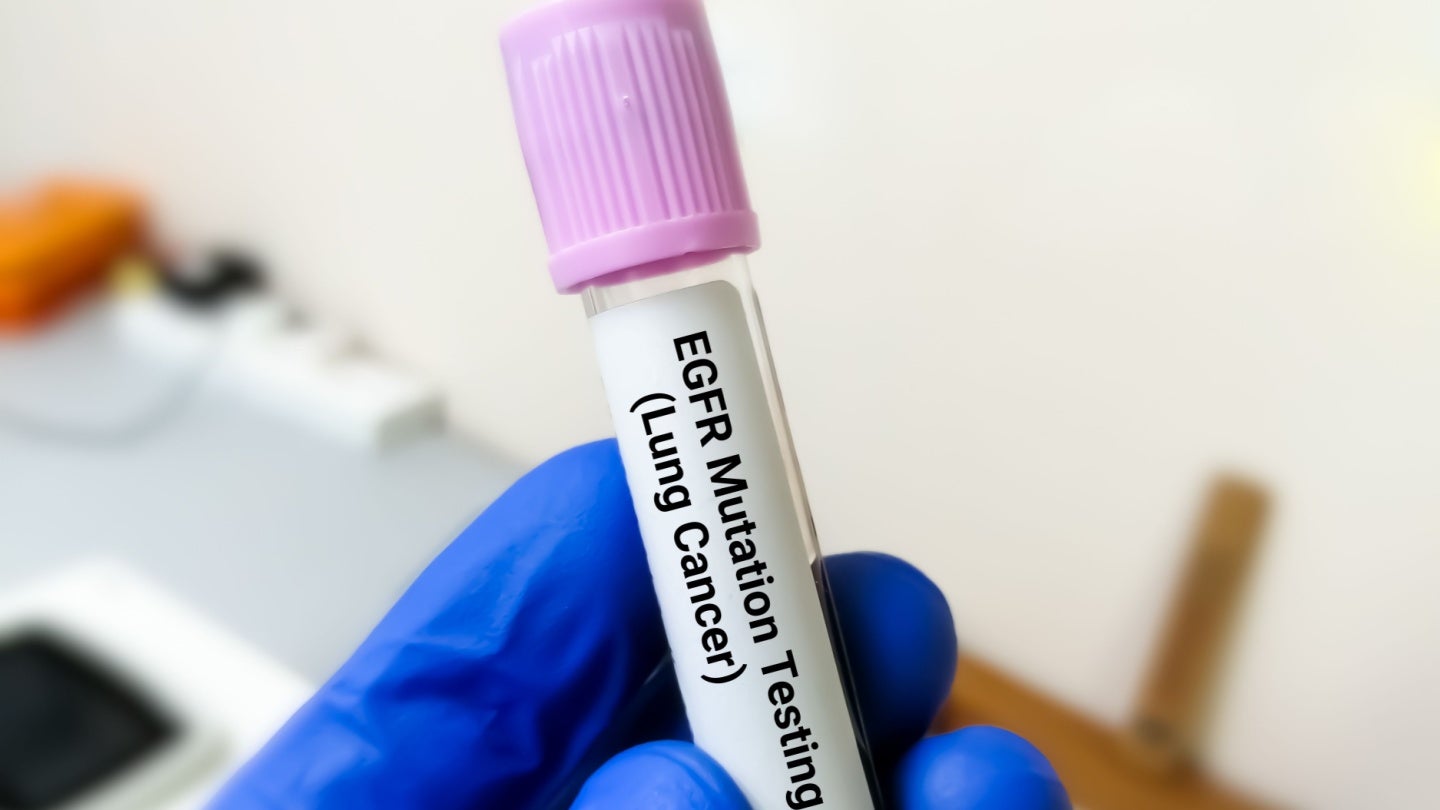Leveraging Nanomedicine for Enhanced Tumor Catalysis in Differentiation Therapy
In a recent breakthrough published in the National Science Review, researchers have unveiled a pioneering approach to combatting one of the most significant challenges in oncology today: tumor metastasis, recurrence, and resistance to conventional treatments. The presence of cancer stem-like cells (CSCs) within malignant tumors has been identified as a critical factor contributing to treatment […]


In a recent breakthrough published in the National Science Review, researchers have unveiled a pioneering approach to combatting one of the most significant challenges in oncology today: tumor metastasis, recurrence, and resistance to conventional treatments. The presence of cancer stem-like cells (CSCs) within malignant tumors has been identified as a critical factor contributing to treatment failures observed in clinical settings. This study addresses these pervasive issues by introducing a novel coordination nanomedicine that alters the therapeutic landscape in cancer treatment.
The innovative coordination nanomedicine, referred to as ZnDHT NM, leverages the cascade-specific capture of iron ions (Fe³⁺) to facilitate the breakage of existing bonds within the tumor’s microenvironment. This mechanism of action, established primarily through the complexation of zinc (Zn²⁺) and 2,5-dihydroxyterephthalic acid (DHT), allows for precise targeting of iron, promoting both tumor suppression and the differentiation of CSCs. In an intricate interplay of chemical reactions, the nanomedicine strategically disrupts the tumor’s environment, effectively paving the way for enhanced therapeutic outcomes.
Under acidic conditions, ZnDHT NM exhibits highly reductive properties upon forming a hexacoordinated Fe-DHT structure, resulting in the generation of reactive oxygen species (ROS). These ROS, specifically superoxide radicals (O₂•⁻) and hydroxyl radicals (•OH), are crucially involved in orchestrating a series of cytotoxic effects that contribute to tumor cell death. The nanomedicine’s ability to induce oxidative stress creates an environment inhospitable for tumor cell survival, leading to the activation of both apoptotic and ferroptotic pathways.
As the research elucidates, the ZnDHT NM employs a dual strategy: it effectively chelates iron ions within the tumor—both extracellularly and intracellularly—while simultaneously instigating a cascade of ROS production. This duality is critical for disabling the tumor’s ability to thrive, ultimately aiming to disrupt the stemness characteristics that perpetuate cancer recurrence. In essence, the nanomedicine reprograms the tumor’s biochemical landscape, driving it towards an eventual demise.
The researchers, Dr. Yufang Zhu, Dr. Chengtie Wu, and Dr. Jianlin Shi from the Shanghai Institute of Ceramics, have meticulously demonstrated that the binding affinity of DHT for Fe³⁺ surpasses that of other metal ions present in the tumor environment. This specificity not only facilitates effective iron capture but also enhances the overall efficacy of the nanomedicine in a clinical setting. The findings revealed how ZnDHT NM can selectively target cancer cells while minimizing collateral damage to surrounding healthy tissues, a significant milestone in the development of targeted cancer therapies.
In conjunction with iron depletion, the release of Zn²⁺ from the coordination complex serves a dual purpose: it disrupts glutathione homeostasis within tumor cells and activates additional pathways conducive to tumor cell death. Grievously, glutathione reductase activity is inhibited, which leads to reduced levels of this essential antioxidant within the tumor cells, further compromising their survival. This finely-tuned balance of oxidative and reductive microenvironments highlights the innovative character of the ZnDHT NM as a therapeutic agent.
In vivo studies have provided compelling evidence for the effectiveness of ZnDHT NM in treating aggressive cancer forms, particularly orthotopic triple-negative breast cancer. By employing this advanced nanomedicine, the researchers observed a marked reduction in tumor growth rates, and importantly, a notable inhibition of tumor recurrence and metastasis post-surgical intervention. This finding underscores the potential of ZnDHT NM in clinical applications aimed at combatting some of the most challenging aspects of cancer treatment.
Overall, this research not only propels the field of nanomedicine forward but also establishes a framework for future cancer therapies that may reconcile the inherent complexities of malignancies. By addressing the multifaceted issues associated with CSCs and bulk tumor cells, this innovative approach provides a promising pathway toward enhancing the therapeutic efficacy in clinical oncology.
Furthermore, the researchers’ findings emphasize the need for ongoing investigations into biosafe nanomedicine designs that exploit the therapeutic potential of natural substrates present within the tumor environment. The adaptability and specificity demonstrated by ZnDHT NM may pave the way for other nanomedicines aimed at treating various types of cancers effectively.
Dr. Yufang Zhu’s insights reinforce the significance of this research: “This study presents an innovative perspective of establishing biosafe nanomedicines to evoke effective therapeutic mechanisms against CSCs and bulk tumor cells concurrently by modulating endogenous substances.” Such innovative thinking is crucial for developing the next generation of cancer therapies capable of overcoming the barriers that currently limit treatment outcomes.
As this research highlights, moving forward, the development of targeted therapies that can systematically dismantle tumor biology while minimizing adverse effects will be paramount. The ongoing battle against cancer necessitates innovative strategies like the coordination nanomedicine displayed in this study, which may serve as a beacon of hope for patients and researchers alike in the relentless pursuit of effective cancer treatments.
The implications of this research extend beyond immediate therapeutic applications; they also provide a foundation for future explorations into the biochemical interactions at play within tumor microenvironments. The dual-action nature of ZnDHT NM heralds a new era in cancer treatment methodologies, promising to improve patient outcomes and fundamentally alter how malignancies are approached in clinical practice.
Subject of Research: Coordination Nanomedicine for Antitumor Therapy
Article Title: Cascade Specific Endogenous Fe³⁺ Interference and In Situ Catalysis for Tumor Therapy with Stemness Suppression
News Publication Date: Not specified
Web References: Not specified
References: Not specified
Image Credits: Science China Press
Keywords: Coordination Nanomedicine, Cancer Treatment, Reactive Oxygen Species, Cancer Stem Cells, Tumor Metastasis, Iron Chelation, ZnDHT NM, Apoptosis, Ferroptosis, Targeted Therapy.
Tags: cancer stem-like cells targetingchemical reactions in tumor suppressioncoordination nanomedicine ZnDHT NMdifferentiation therapy in cancerenhancing therapeutic outcomes in oncologyinnovative cancer treatment approachesiron ion capture in tumorsmicroenvironment disruption in tumorsnanomedicine in oncologyovercoming treatment resistance in cancerreactive oxygen species in cancer therapytumor metastasis treatment strategies
What's Your Reaction?


































